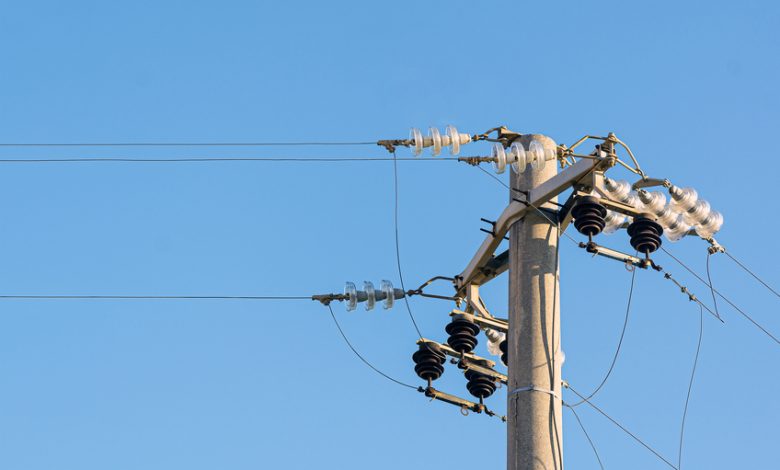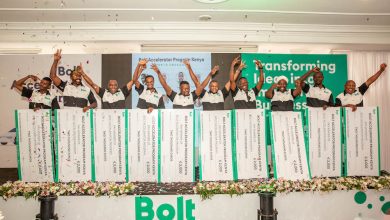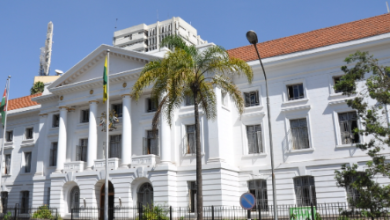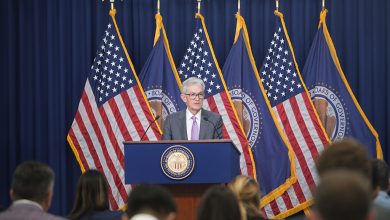Share of Renewable Energy in COMESA Up from 1% to 6% in 8 Years

The share of renewable energy in the COMESA region has risen significantly in the last eight years, but thermal power still dominates at 76 percent, followed by hydropower at 24 percent.
The total power installed across the region from 50,000 megawatts (MW) in 2013 to 66,000 MW in 2016, and around 100,000MW today.Kenya has a potential 10GW of geothermal energy of which only 950MW has been exploited, with about 799MW developed by KenGen in the Olkaria and Eburru Hill Geothermal Fields in Nakuru county.Today, KenGen has about 254MW of thermal energy which accounts for about 13 percent of its total installed capacity.The overall share of renewable energy has been rising due to policy and regulatory reforms across the region. A 2020 statement by the regional bloc estimated thermal power at more than 69%, while hydropower stood at 30%.
“This (growth in renewable energy) is due to the policy and regulatory reforms undertaken in the Comesa Member States which are bearing fruit as demonstrated by the increasing share of renewable energy and private sector participation which is becoming prominent,” John Mutua, Director of Technical Regulation at the Energy and Petroleum Regulatory Authority (EPRA) said at at the 13th Annual General Meeting (AGM) of the Regional Association of Energy Regulators for Eastern and Southern Africa (RAERESA).
To tackle these challenges, COMESA Assistant Secretary General in charge of programs Mohamed Kadah urged energy sector stakeholders—governments, multilateral and bilateral development and financial institutions, private sector entities, and academia—to collaborate in financing the energy infrastructure deficit in the COMESA region.
“The energy challenges the region is facing should equally be seen as opportunities for additional power generation on a regional scale and building regional power interconnectors to facilitate trade in power from surplus to deficit countries,” Kadah said.
He stressed the importance of prioritizing the development of regional energy infrastructure necessary to achieve economies of scale, citing the Zambia-Tanzania-Kenya power interconnector which is under implementation in the region. This project will interconnect the Southern African Power Pool with the Eastern African Power Pool and realize the Cape to Cairo electricity corridor.
“Countries that managed to transition to better equilibria for their electricity sector, are characterized by better regulatory frameworks (including adequate tariff setting, enforcement of penalties, and appropriate energy dispatching rules), lower generation costs, lower theft ratios government subsidies, and investment levels that are large enough to guarantee an electricity supply that is commensurate with peak electricity demand,” Executive Chairman of the Egyptian Electric Utility and Consumer Protection Regulatory Agency, (EgyptERA), Mohamed Musa Omran said.
ADVERTISEMENT



